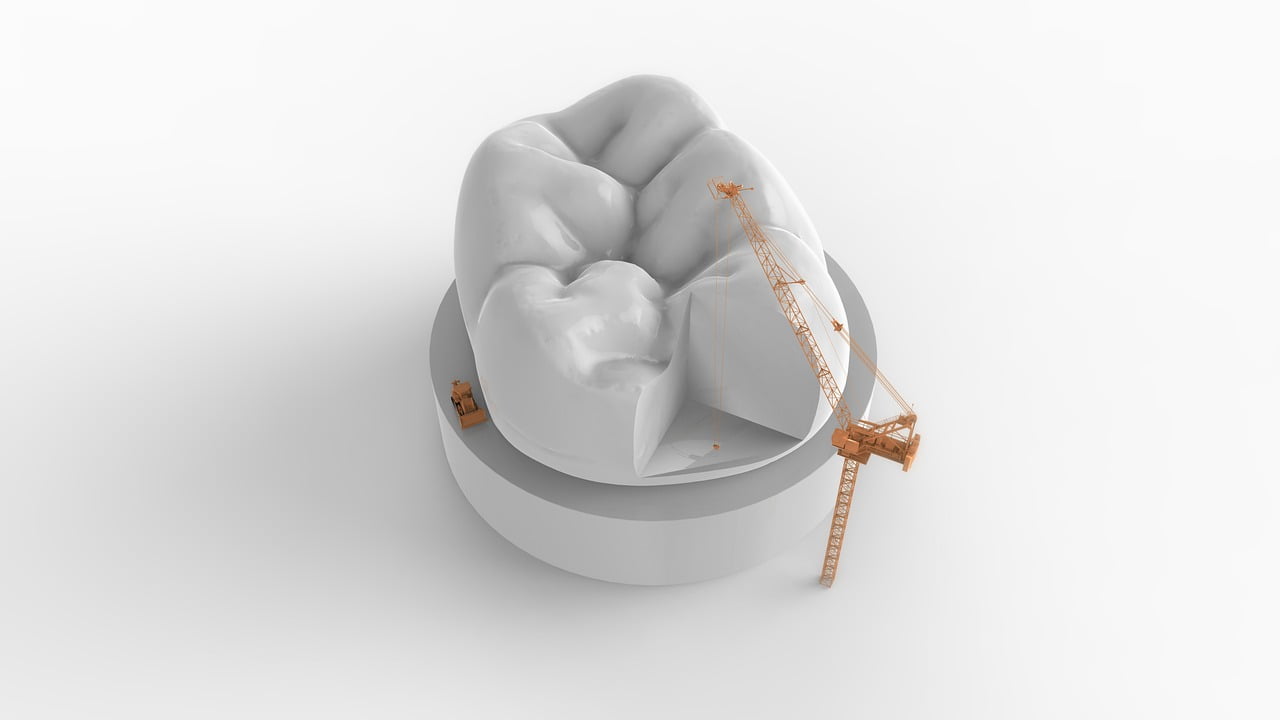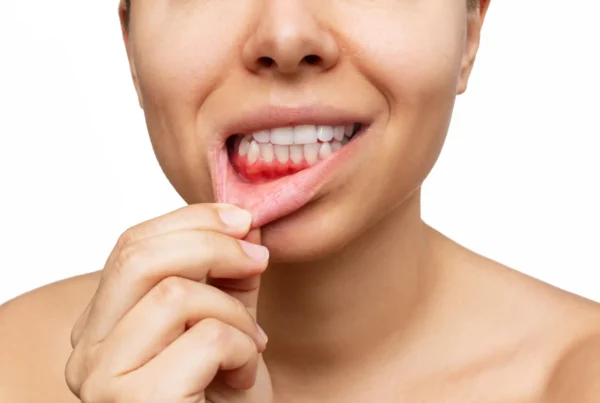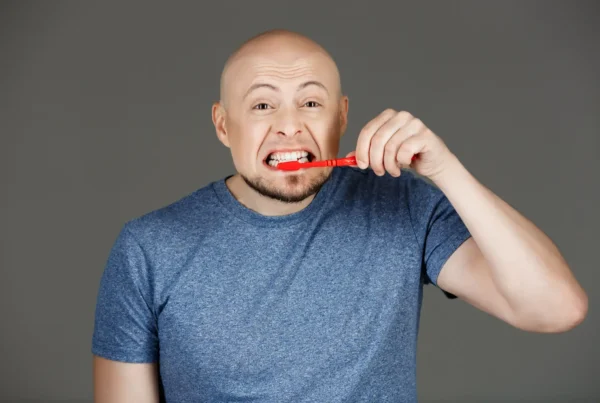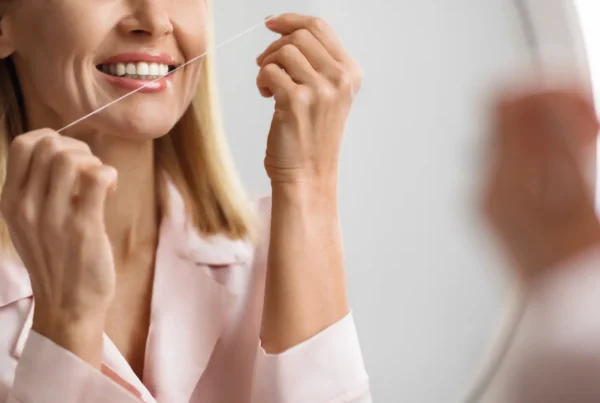It is commonly believed that we all know everything about sports and politics. But it turns out oral hygiene is also a hot topic for self-proclaimed “experts,” especially online. Many people unknowingly spread inaccurate or even harmful ideas about how to care for teeth, which leads to widespread misinformation. Below are the seven most common myths about oral hygiene you should stop believing.
Brushing your teeth right after eating is good for you
Many people brush their teeth right after eating, thinking they are doing something healthy. However, that is a big mistake. The foods we eat often contain acids that soften the enamel and make it more sensitive. Brushing immediately afterward can damage this softened enamel, increasing the risk of sensitivity and long-term wear. Dentists recommend waiting at least 30 minutes after eating before brushing to allow your mouth’s pH to normalize and acids to be neutralized.
Fluoride in toothpaste is harmful
Some conspiracy theories claim that fluoride in toothpaste is dangerous to your health. As a result, more and more people are switching to “natural” fluoride-free products. While excessive fluoride intake can indeed lead to fluorosis—a condition that weakens bones and teeth—it is nearly impossible to overdose on fluoride from toothpaste alone. In fact, you would have to consume about one and a half tubes of regular toothpaste in a single day to reach harmful levels.
Baby teeth don’t matter because they will fall out anyway
Some parents believe there is no need to care for baby teeth since they will eventually be replaced by permanent teeth. This kind of thinking can lead to serious health consequences. Even toddlers can develop tooth decay, and poor care of baby teeth can negatively affect the health of future adult teeth. That’s why oral care should begin in infancy, with parents cleaning their baby’s gums using a moist sterile gauze. Later, when baby teeth appear, they should be cleaned using a child-friendly toothbrush and toothpaste.
You can use a toothbrush until the bristles are worn out
Experts recommend replacing a manual toothbrush every three months. Over time, toothbrush heads accumulate bacteria and the bristles lose their shape and flexibility. Still, many people continue to use the same toothbrush for a year or longer. Using a worn-out toothbrush is not only ineffective, but it can also cause irritation to your gums and enamel.
READ MORE: What happens if you stop brushing your teeth?
Hard-bristled toothbrushes clean better
There is a common belief that harder bristles clean more effectively. While stiff bristles might remove surface stains slightly better, the overall cleaning performance depends more on the design and arrangement of the bristles than their hardness. Moreover, hard-bristled brushes are not suitable for everyone and are only recommended for people with no gum disease or dental issues.
Healthy teeth should be bright white
Tooth color is influenced by many factors, including genetics and the chemical composition of your enamel. Some people naturally have whiter teeth, while others may have yellowish or grayish shades. Interestingly, teeth with cream or slightly yellow hues tend to be more resistant to cavities. So, not having snow-white teeth does not mean your oral health is poor.
Sonic toothbrushes are an unnecessary luxury
Experts agree that sonic toothbrushes clean the mouth more thoroughly than manual ones. Thanks to their high speed and innovative technology, they adapt to the user’s individual needs and offer an effective yet gentle clean. For example, Smilesonic sonic toothbrushes operate at a market-leading 96,000 movements per minute, delivering powerful results without damaging your teeth.






